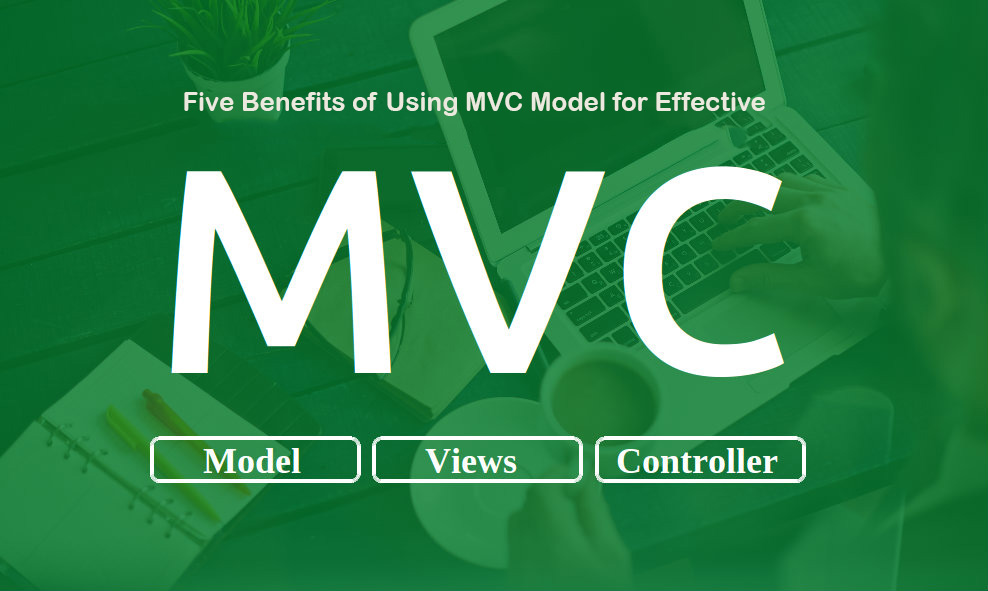The Model View Controller, which is the short form of MVC, is utilized for creating user interfaces on smart phones, computers, and numerous web apps. MVC is an architectural framework that facilitates interconnectivity of the unique and independent aspects of the MVC model. This ensures continuous improvements on projects as a group of developers can be designing the front-end while the other team is working on the back-end simultaneously. Both sides can carry out tests without having to wait on each other, allowing projects to be completed faster. It also gives the controller the chance to use the same code again because of the independence of the interconnected parts. It is quite easy to achieve since the view is mainly about displaying the output, modifications can be done on the components for another application. Software development keeps getting improved with various innovations, and MVC is one of the recent ones.
The structure of MVC is such that it splits the components of the model in the input, processing, and the output, which the user access and they are referred to as the model, the view, and the controller. This is vital and crucial for building essential segments of websites and software. The way MVC operates is such that the controller gets the requests for the application; it then passes the instructions to the model to provide a processed data from the view. The view, in turn, takes the information given by the controller to deliver the eventual output to the user. Despite a few issues concerning formatting, the benefits of MVC are instrumental for software and website developers. Some of the values it provides are given below.
-
Compartmentalization:
This is not regarding information security in any way. When talking about compartmentalization here, it is referring to how each component is not interfering with each other especially at the development stage. The three interconnected parts work together, but each of them is tasked with unique tasks in the framework.
-
Rapid and Simultaneous development:
As mentioned above, Model View Controller (MVC) gives developers an avenue to work in different sectors of their application or websites at the same time, utilizing multiple groups to guarantee a faster completion rate.
-
The Possibility of Several Views:
It adds to the quality of an application if there are a variety of ways to access the view. MVC provides many ways of displaying the final result. This feature of the framework provides developers with a lot of ways to maneuver designs and deliver attractive access points based on the same code.
-
SEO Websites:
MVC framework allows websites to be more SEO-friendly and attract traffic from other software applications.
-
Reusability:
The Model View Controller (MVC) has a considerable edge over other architectural designs because of its exceptional ability to make codes reusable. Views and model component can be tweaked, and it appears like a completely different and fresh outlook. Software developers in Codeupset find it very useful to have such a tool that allows them to deliver similar quality for different applications at a fast rate without much hassle.

